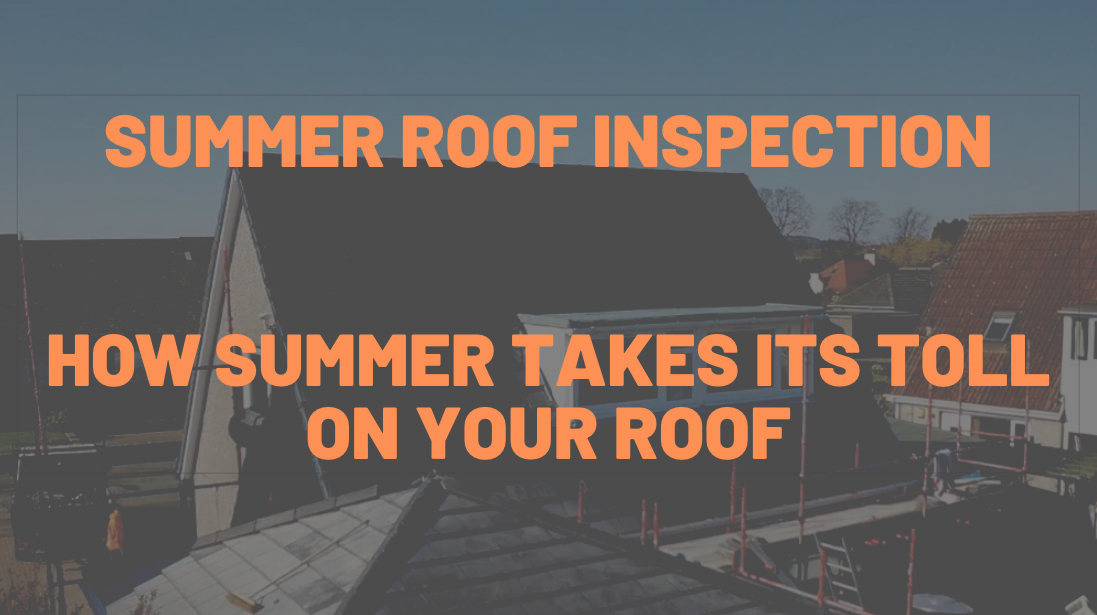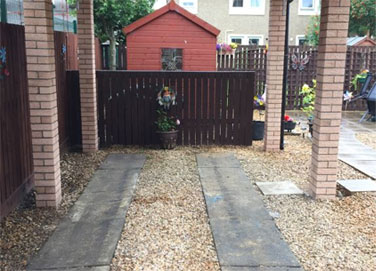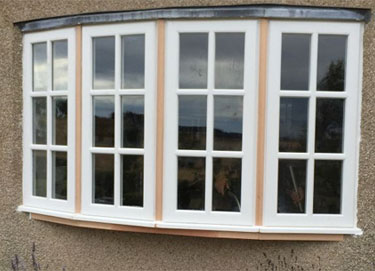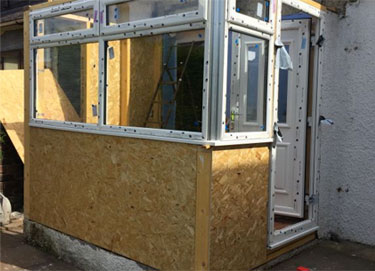Why Should You Get A Summer Roof Inspection
While homeowners should be keeping up with roof maintenance year-round, summer deserves extra attention.
Between hot, sunny afternoons and sudden storms, summer weather is not the kindest friend to your roof, and roof damage often goes unnoticed at first.
Related content:
10 Most Common Roofing Problems
Minor damage caused by previous weather only gets worse with the next wave of storms and heat spells, which can lead to serious problems down the road.
Issues can come up fast and turn into major repairs or a total replacement if they’re not dealt with right away.
Higher temperatures during warm climates lead to a greater chance for sudden stormy conditions involving high wind speeds and rain.
For older roofs in poorer condition, wind can lift shingles, and turn what was previously minor damage into a far bigger problem if rain manages to get in.
Beyond regular inspections, you will want to take a quick look at your roof after any major storm, and if you notice any cracked or missing shingles, it is probably time to get a roof inspection.
It is important to remember that with this change in weather comes new environmental challenges for your home to face.
Here are some of the most common types of roof damage caused by summer weather:
Rotted Roof Decking
In a nutshell, roof decking is the base of your roof.
So, if there’s damage to your decking, there’s likely damage to other parts of your roof as well.
Most decking is made from plywood or a plywood composite and sits on top of the outer shell of your attic.
This acts as the foundation of your roof and supports the weight of the shingles. All the other layers that make up a roof sit on top of the decking and work as a protective layer — but it’s not indestructible.
Since roof decking is made of wood, it’s susceptible to water damage.
If water makes its way to your roof decking, the wood can warp, bend and rot.
When this happens, it cannot support the weight of the rest of your roof or keep itself firmly attached to your attic and rafters.
This type of roof damage can be severe, putting your whole roof at risk of collapse.
Leaks from broken shingles or torn underlayment from summer storms aren’t the only things that can cause your deck to rot. If your attic isn’t properly ventilated, the damage could be coming from inside your home.
Ventilation
Ventilation is something that is important year-round for regulating your home’s indoor climate, but it becomes even more crucial during warmer temperatures.
Improper ventilation can lead to moisture and humidity buildup in your attic or top of your roof, both of which can heavily contribute to the weakening and damage of your roof’s structural integrity and insulation material.
This is due to warm, humid air being the perfect conditions for dry rot and mould to occur, posing a serious health hazard for your home.
Therefore, it is best to have a professional look over your ventilation system at some point during the summer to ensure that it is functioning properly.
Moss and Mould Growth
Moss growth rapidly increases during the summer, and can cover your whole roof, if not a large portion of it, over time.
However, the problem with this is that it keeps moisture trapped under the moss, pushing water underneath the roof shingles and causing moisture damage underneath.
It is important to tend to it as soon as you notice it.
Water is the enemy of a healthy roof and the main cause of most roof damage. When moisture collects in your attic or between the layers of your roof without a way to escape, it can cause moss and mould to grow, killing your roof from the inside out.
Moss grows best on and between shingles in warm, wet climates. Spores spread between the tiny cracks in these dark, damp places since they provide the perfect conditions for growth. Eventually, the moss can invade your roof, making it look like your home is covered in a thick, green carpet.
Not only is moss aesthetically unpleasant, but it can lead to more intense roof damage over time.
As moss grows, it sucks up all the moisture and rain that it can find. In doing so, the moss creates concentrated areas of moisture along your roof that constantly leak water into your roof decking, which we know is not good for maintaining the structural foundation of your roof.
And once moisture enters your home, it can easily create unhealthy mould growth, not just in your attic but in other rooms of your house as well.
Cracked or Warped Shingles
Related content:
That heat from the sun is more destructive than you think, for when strong enough, it can actually dry out and crack roof shingles over the course of a roof’s lifespan.
These shingles eventually become brittle, eventually falling off, leaving some sections of a roof’s delicate interior completely exposed, easily becoming subject to rain, debris, insects and more.
While it is often associated with the natural ageing of a roof, it is also a sign that your roof needs to be replaced immediately.
Have regular inspections done with your roof to ensure it doesn’t reach this point.
The temperature inside your attic can get up to 65% warmer than what the thermometer reads. This kind of extreme heat can cause serious damage to your shingles.
Asphalt shingles are built to last and can take a serious beating, but even they have their limits. When the heat gets that intense for several days at a time, shingles can begin to curl or dry out, making them brittle and prone to cracking come the next storm.
Once water penetrates the cracks in your roofing system, it’s all downhill from there for your roof.
Your Roof Is Precious
Nobody really understands how precious your roof really is.
You can save money on your roof by having regular roof inspections quarterly to make sure everything is in great condition.
If you would like to find out our prices for a roof inspection, then please get in touch with us.





